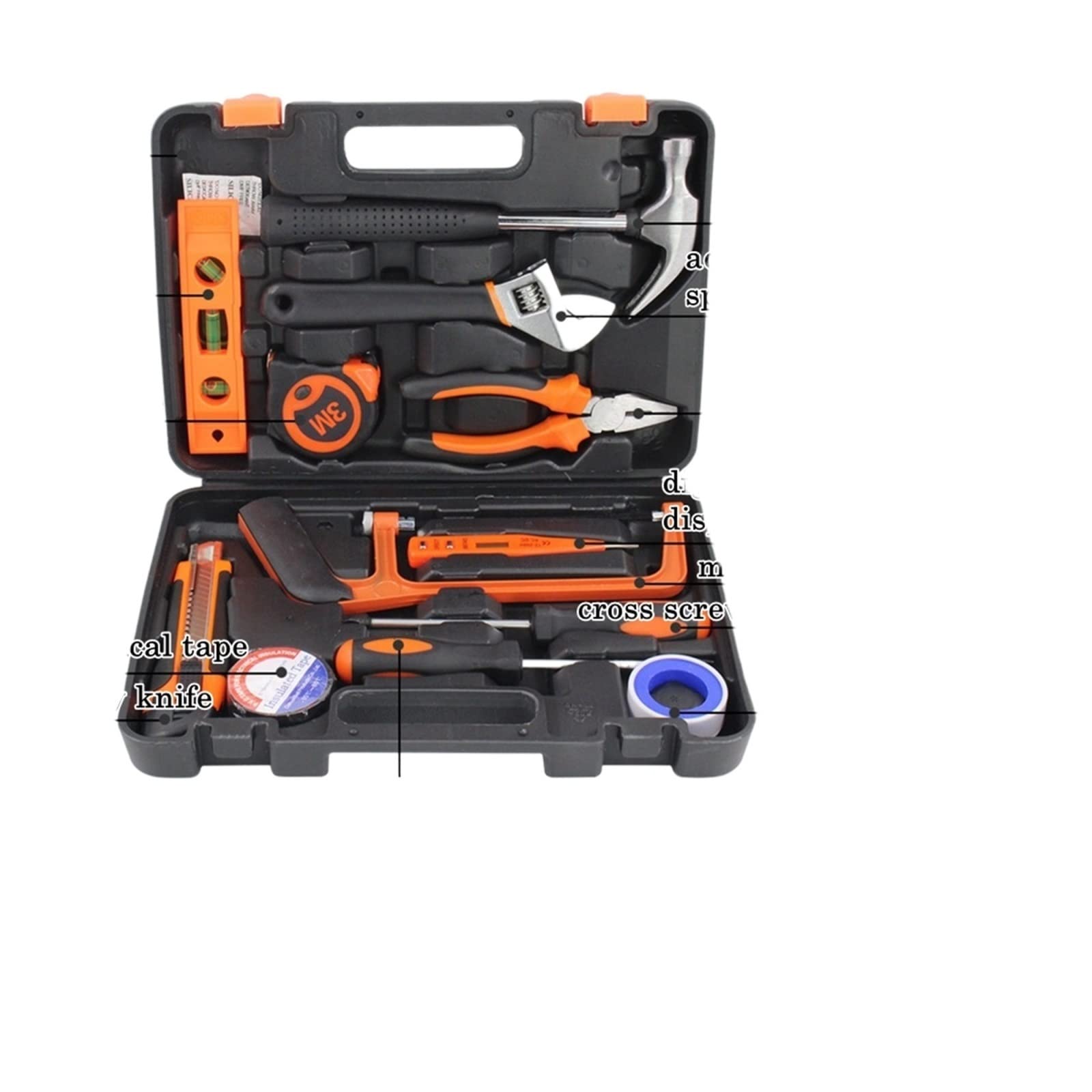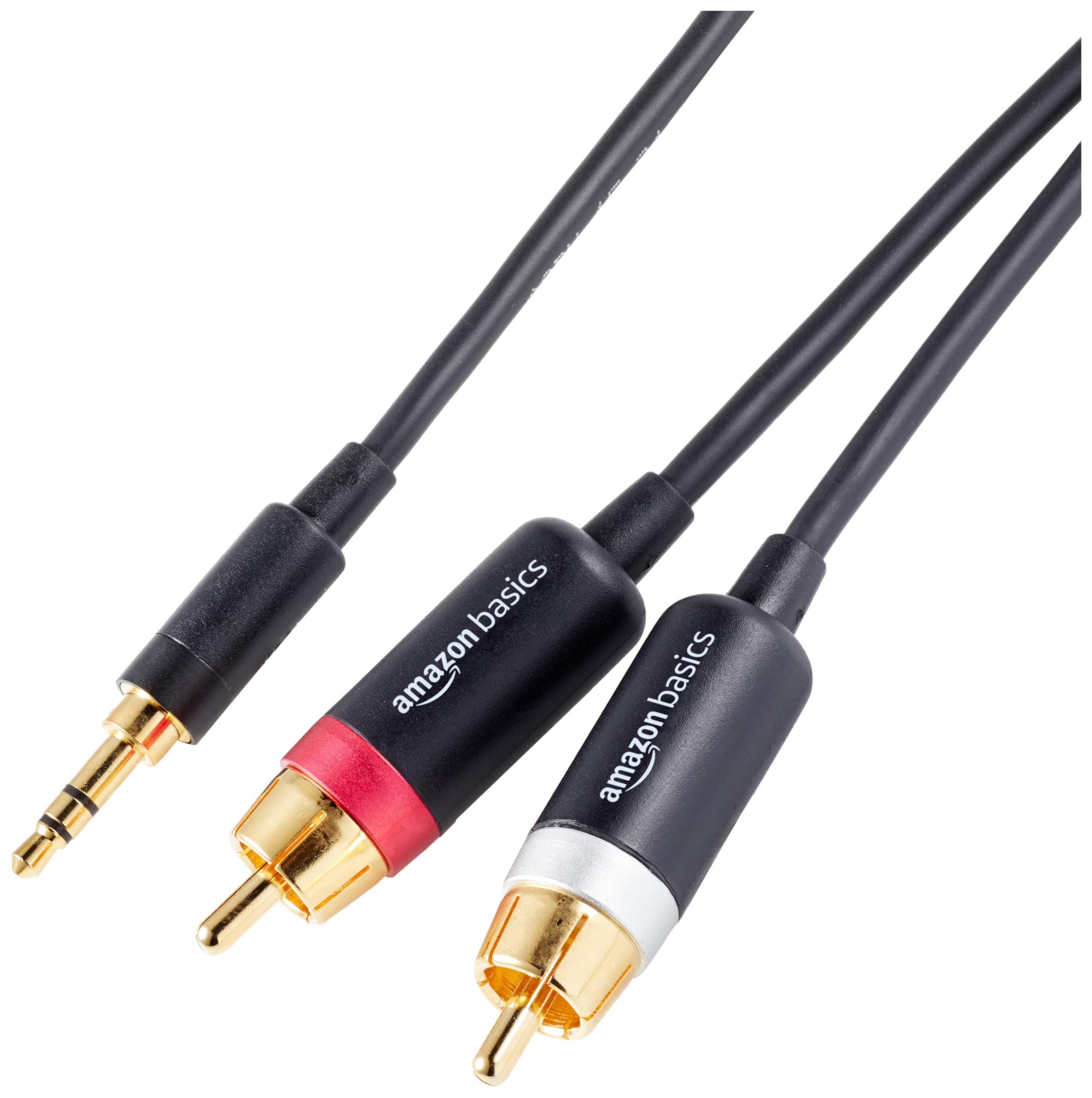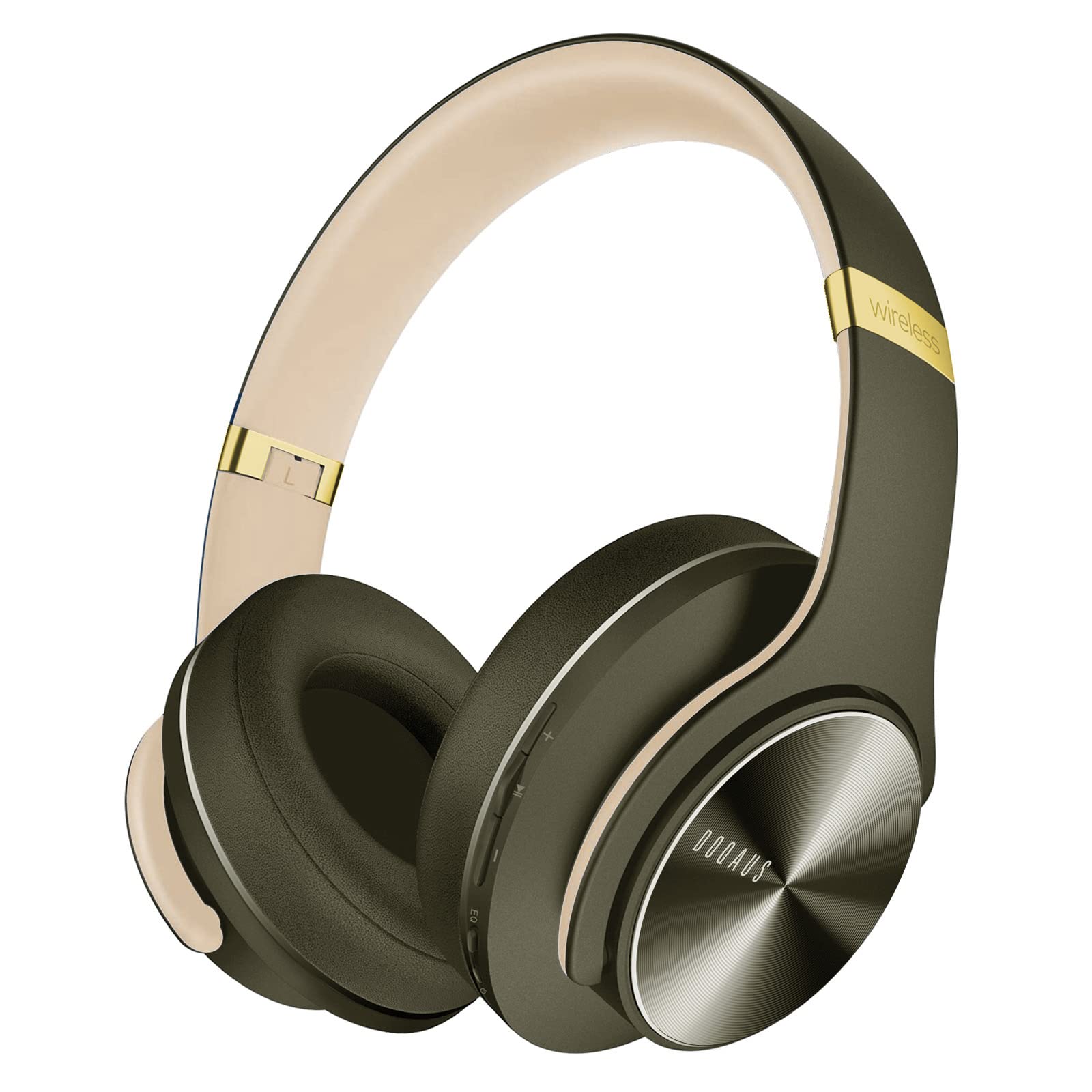Having trouble with the “No Audio Output Device Installed” error on Windows 10? Here’s the fix.
Utilize Audio Troubleshooter
If you’re experiencing the “No Audio Output Device Installed” error on your Windows 10 computer, you can easily fix it by utilizing the Audio Troubleshooter. Follow these steps to resolve the issue:
1. Right-click on the sound icon in the taskbar and select “Troubleshoot sound problems” from the context menu.
2. The Audio Troubleshooter will open and begin scanning for any audio-related problems on your computer.
3. Once the scanning is complete, the troubleshooter will provide you with a list of potential issues and their corresponding solutions.
4. Follow the troubleshooter’s instructions to resolve the problem. This may include updating your device drivers, checking your audio settings, or restarting your computer.
5. After completing the troubleshooting steps, check if the “No Audio Output Device Installed” error has been resolved.
By utilizing the Audio Troubleshooter, you can quickly diagnose and fix any audio-related issues on your Windows 10 computer. If the problem persists, consider seeking further assistance from a professional or contacting the manufacturer of your computer or audio device.
Update Audio Drivers
To update your audio drivers in Windows 10, follow these steps:
1. Open the Device Manager by pressing the Windows key + X and selecting Device Manager from the menu.
2. In the Device Manager window, expand the “Sound, video, and game controllers” category.
3. Right-click on your audio device and select “Update driver” from the context menu.
4. Choose the option to automatically search for updated driver software.
5. Windows will scan your computer and the internet for the latest audio driver updates.
6. If a new driver is found, Windows will download and install it for you.
7. Once the driver installation is complete, restart your computer to apply the changes.
It’s important to keep your audio drivers up to date to ensure the proper functioning of your sound output devices. Updating your drivers can help fix issues such as the “No Audio Output Device Installed” error message.
If Windows Update doesn’t find a new driver for your audio device, you can also visit the manufacturer’s website (e.g., Dell, HP) and download the latest driver directly from there. Make sure to download the driver that is compatible with your specific computer model and operating system.
Reboot the System
If you’re encountering the “No Audio Output Device Installed” error on your Windows 10 computer, a simple reboot of the system might just do the trick.
To reboot your computer, follow these steps:
1. Save any unsaved work and close all open programs.
2. Click on the Start menu in the bottom left corner of your screen.
3. Click on the power icon, which looks like a circle with a vertical line inside it.
4. Select “Restart” from the menu that appears.
Note: If you are unable to access the Start menu, you can also reboot your computer by pressing and holding the power button until it shuts down, and then pressing it again to turn it back on.
After the computer restarts, check if the “No Audio Output Device Installed” error is resolved. If not, you may need to try other troubleshooting methods or seek further assistance.
Remember, rebooting your system is a simple yet effective way to resolve various software-related issues. It refreshes the system and can help clear any temporary glitches that may be causing the error.
So, give it a try and see if it solves your audio problem.
Check and Reconnect Hardware
| Step | Description |
|---|---|
| 1 | Check speaker connections |
| 2 | Ensure speakers are powered on |
| 3 | Check audio cables |
| 4 | Reconnect audio cables |
| 5 | Restart your computer |
Use Device Manager for Driver Issues
If you are experiencing the “No Audio Output Device Installed” error on your Windows 10 computer, you can use Device Manager to resolve the issue. Device Manager is a built-in tool in Microsoft Windows that allows you to manage and troubleshoot your computer’s hardware devices, including drivers.
To fix the “No Audio Output Device Installed” error using Device Manager, follow these steps:
1. Open Device Manager: Right-click on the Start button and select “Device Manager” from the menu that appears.
2. Expand the “Sound, video and game controllers” category: In Device Manager, locate and click on the arrow next to the “Sound, video and game controllers” category to expand it.
3. Update the audio driver: Right-click on the audio device listed under the “Sound, video and game controllers” category and select “Update driver” from the context menu.
4. Choose the automatic driver update option: In the driver update wizard, select the option to automatically search for updated driver software. Windows will then search for the latest driver for your audio device and install it.
5. Restart your computer: Once the driver update is complete, restart your computer to apply the changes.
After restarting, check if the “No Audio Output Device Installed” error is resolved. If not, you can also try reinstalling the audio driver by following the same steps and selecting the “Uninstall device” option instead of “Update driver” in step 3. Then, restart your computer and Windows will automatically reinstall the audio driver.
Using Device Manager to update or reinstall the audio driver can often resolve issues related to the “No Audio Output Device Installed” error. If the problem persists, you may need to seek further assistance or consider other troubleshooting methods.
Update Windows Version
To update your Windows version and fix the “No Audio Output Device Installed” issue in Windows 10, follow these steps:
1. Click on the “Start” button in the bottom left corner of your screen.
2. Type “Windows Update” in the search bar and select the “Windows Update settings” option.
3. In the Windows Update settings window, click on the “Check for updates” button.
4. Windows will now scan for any available updates for your computer. If any updates are found, click on the “Install” button to download and install them.
5. Once the updates are installed, restart your computer to apply the changes.
6. After the restart, check if the “No Audio Output Device Installed” issue is resolved. If not, proceed to the next step.
If updating Windows didn’t fix the issue, try updating the audio driver:
1. Press the Windows key + X on your keyboard and select “Device Manager” from the menu that appears.
2. In the Device Manager window, expand the “Sound, video and game controllers” category.
3. Right-click on your audio device and select “Update driver” from the context menu.
4. Choose the option to search automatically for updated driver software. Windows will search for the latest driver and install it if available.
5. Restart your computer after the driver update is complete.
If updating the audio driver didn’t solve the problem, you can try uninstalling and reinstalling the driver:
1. Open the Device Manager again by pressing the Windows key + X and selecting “Device Manager”.
2. Expand the “Sound, video and game controllers” category.
3. Right-click on your audio device and select “Uninstall device”.
4. Confirm the uninstallation by clicking “Uninstall” in the pop-up window.
5. Restart your computer.
6. After the restart, Windows will automatically reinstall the audio driver. Check if the issue is resolved.
If none of the above solutions worked, you may need to contact your computer manufacturer’s support or visit their website to download and install the latest audio driver specific to your device.
Address and Replace Hardware Issues

- Check for hardware issues:
- Ensure that the audio device is properly connected to the computer.
- Make sure the device is turned on and set to the correct input/output mode.
- Try using a different audio cable or connector to eliminate any possible cable or connector issues.

- If using external speakers, check if they are functioning properly by connecting them to another device.
- If using headphones or earphones, try using a different pair to see if the issue persists.

- Update or reinstall audio drivers:
- Open Device Manager by pressing Windows Key + X and selecting Device Manager from the menu.
- Expand the Sound, video and game controllers section.
- Right-click on the audio device and select Update driver.
- Choose the Search automatically for updated driver software option and follow the on-screen instructions.
- If no updates are found, right-click on the audio device and select Uninstall device.
- Restart the computer and Windows will automatically reinstall the audio driver.
- Enable audio services:
- Press Windows Key + R to open the Run dialog box.
- Type “services.msc” and press Enter.
- Scroll down and locate the Windows Audio and Windows Audio Endpoint Builder services.
- Right-click on each service, select Properties, and ensure that the Startup type is set to Automatic.
- If the services are not running, click on the Start button to start them.
- Click Apply and OK to save the changes.
- Run audio troubleshooter:
- Press Windows Key + I to open the Settings app.
- Click on Update & Security and select Troubleshoot from the left menu.
- Scroll down and click on Playing Audio.
- Click the Run the troubleshooter button and follow the on-screen instructions.
- If any issues are detected, the troubleshooter will attempt to fix them automatically.
FAQ
How do I fix no audio driver in Windows 10?
To fix the “no audio driver” issue in Windows 10, you can try the following steps:
– Check and adjust volume levels as well as ensure that outputs are not muted.
– Verify that you are using the correct audio output.
– Inspect all audio cables and wireless connections for any issues.
– Utilize the Windows Audio Troubleshooter to diagnose and resolve the problem.
– Consider rolling back or reinstalling audio drivers.
– Update the IDT High Definition Audio CODEC if applicable.
How do I restore my audio device in Windows 10?
To restore your audio device in Windows 10, start by typing “device manager” in the search box on the taskbar and selecting it from the results. Expand the “Sound, video and game controllers” section by selecting the arrow next to it. Right-click on the listing for your sound card or audio device and select “Properties.” Go to the “Driver” tab and choose “Roll Back Driver.”
Why is Windows 10 not detecting audio devices?
Windows 10 may not be detecting audio devices due to corrupt, missing, or outdated drivers. Updating the sound drivers is the recommended solution, although it can be a time-consuming and technically demanding task.
How do I fix Windows 10 no audio output device is installed?
To fix the issue of “Windows 10 no audio output device is installed,” you can try troubleshooting sound problems by right-clicking the Speaker icon in the system tray. This will launch the Get Help app, where you can follow the on-screen instructions to scan and automatically fix any audio issues.

